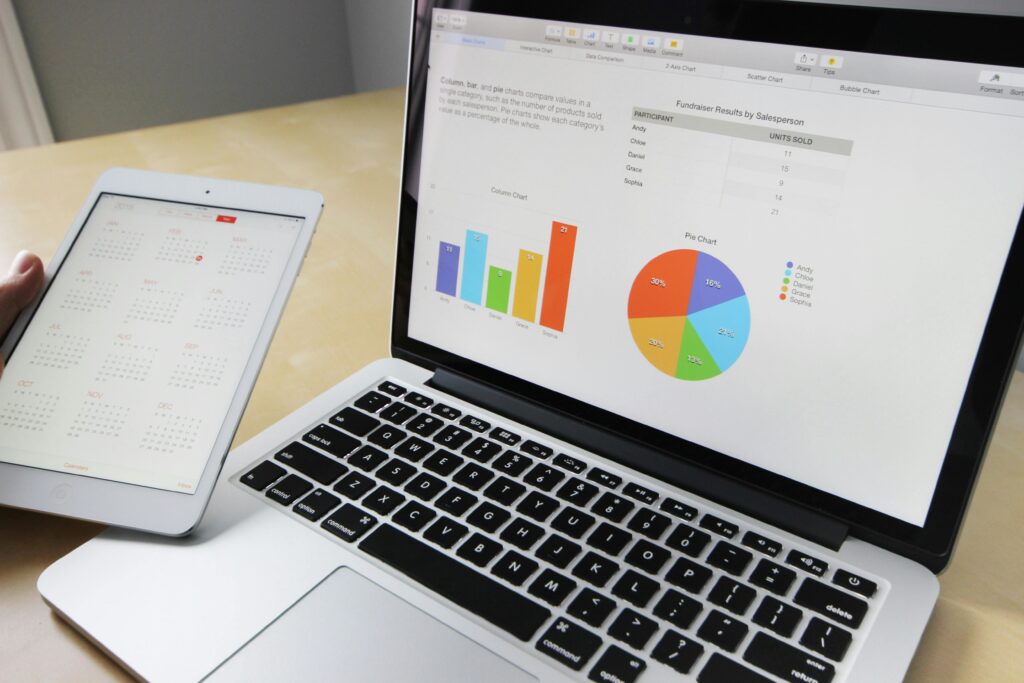Investing wisely requires both strategy and the right tools. With so many apps, platforms, and resources available, it can be difficult to know where to start. This guide highlights essential financial tips and tools that can help you optimize investments, manage money effectively, and achieve your financial goals.
Why Using Financial Tools is Crucial
Financial tools provide real-time insights into your spending, investments, and savings. By using these tools, you can make informed decisions, reduce mistakes, and stay on track toward your objectives. Technology empowers you to automate processes and monitor progress seamlessly.
Key Financial Tips for Investors
1. Define Your Investment Goals
Clearly outline what you want to achieve. Are you saving for retirement, generating passive income, or building a short-term emergency fund? Goals drive your strategy and focus your efforts.
2. Track Your Income and Expenses
Monitoring cash flow helps identify unnecessary spending and ensures your budget aligns with your goals. Use apps or spreadsheets to maintain a detailed overview.
3. Build a Safety Net
An emergency fund covering 3–6 months of living expenses protects you from unexpected financial setbacks and provides peace of mind.
4. Diversify Your Portfolio
Spread investments across different sectors and asset classes. Diversification minimizes risk and enhances the potential for steady returns over time.
5. Automate Investments
Regular contributions to retirement accounts or investment platforms take advantage of dollar-cost averaging and help maintain financial discipline.
Top Financial Tools to Consider
- Budgeting Apps: Mint, YNAB, Personal Capital – for tracking expenses and planning budgets.
- Investment Platforms: Vanguard, E*TRADE, Fidelity – for diversified investing options.
- Retirement Calculators: NerdWallet, Fidelity tools – for forecasting retirement needs.
- Portfolio Analysis Tools: Morningstar, Seeking Alpha – for evaluating investment performance.
- Expense Trackers: PocketGuard, Wally – to prevent overspending and improve savings.
Best Practices for Using Financial Tools
- Regularly review your accounts and portfolios for discrepancies or opportunities.
- Combine multiple tools for a holistic financial view.
- Adjust strategies according to market conditions and personal goals.
Conclusion
Smart investing combines discipline, planning, and the effective use of financial tools. By integrating these strategies, you can make informed decisions, grow your wealth, and secure your financial future.
Which financial tool has helped you the most in managing your investments? Share your experience in the comments below!


